Another wonderful Strange Map. This one answers the question, “What if U.S. states were renamed for countries with similar sized economies?”

Middle and High School … from a Montessori Point of View
Another wonderful Strange Map. This one answers the question, “What if U.S. states were renamed for countries with similar sized economies?”

What if you exchanged countries based on population for land area? So China, which is the most populous country would take the place of Russia, which has the largest area. It would create the intriguing map below (from the wonderful blog, Strange Maps).
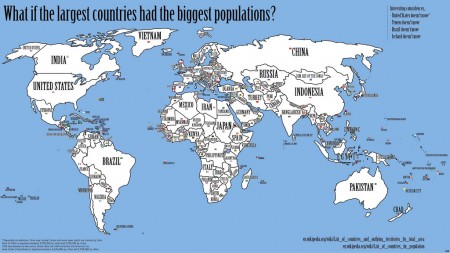
While discussing polar exploration, I mentioned the story of Amundsen and Scott’s race for the south pole. The fascinating blog, Letters of Note, has Scott’s last letter, written bit by bit, on the ice, to his wife back home. It starts, “To: my widow.”
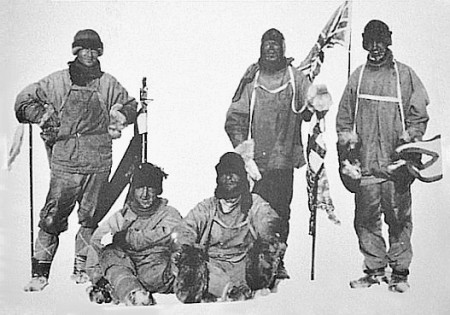
P.S. Letters of Note is a great resource for examples of great letter writing.

All About Explorers is a wonderful site if you’re interested in talking about the credibility of sources. It looks real, is well organized, well written and could easily pass for credible to the uninitiated. The article on John Cabot starts with:
One might wonder what John Cabot and Christopher Columbus have in common. Both were born in Liverpool, England. Cabot was born in 1405, but his birth certificate was lost at sea and no one knows for sure.
Now, there are more telltale clues that everything is not on the up-and-up, particularly where they mention Cabot’s cartographic exploits on his ”alleged” return to England from growing up in Italy:
In 1484, John Cabot moved back to England with his wife and eleven sons. This was a great career move for John. He developed his own website and became quite famous for his charts and maps depicting a new route to the Far East.
I find sites like these delightful. To think that someone spent the time, energy and intelligence to create this particular little snare, says something wonderful about way the human mind works.
Nicely, the “About This Site” section notes:
All About Explorers was developed by a group of teachers as a means of teaching students about the Internet. … Because we wanted to make a point about finding useless information even in a site which looked at first to be fairly well put together, all of the Explorer biographies here are fictional. While many of the facts are true or based on truth, many inaccuracies, lies, and even downright absurdity are mixed in indiscriminately. As such, it is important that you do not use this site as a source of reference for your own research!
The site also has a set of lessons, handouts and other stuff on its “For Teachers” page.
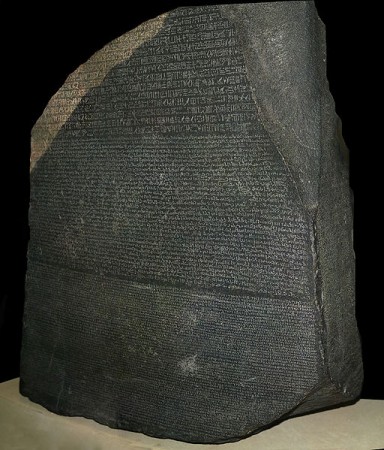
The BBC has an excellent podcast series called, A history of the world in 100 objects, which does a nice job of getting into history and culture by talking about the significance of important archeological artifacts: a Korean roof tile; a North American Otter pipe; and Harlem wall painting fragments for example. The objects span the time from 2 million years ago to the present day.

The website, where you can see the objects as well as quite a number of user-contributed objects, is also excellent (the contributions by the British Museum are the ones in the programme, and the Wikipedia page also has images of all the artifacts). The objects are organized by time period, location, culture, theme (war, religion, food for example), colour, and even material. It’s nice to see all the layers of meaning that can be gained from a single object by viewing it from different perspectives.
There are also short videos with Kay Topping from Haslemere Education Museum (that are not accessible in the U.S.) on the power of actual artifacts in the classroom.
When I explain that this object was made for a real ancient Egyptian by another real ancient Egyptian I can see the kids faces reflecting this ‘Wow’. Only objects and the actual places where events happened are able to do this.
— Kay Topping (2010) in Paul Sargeant’s History of the World project blog: Object lessons for schools
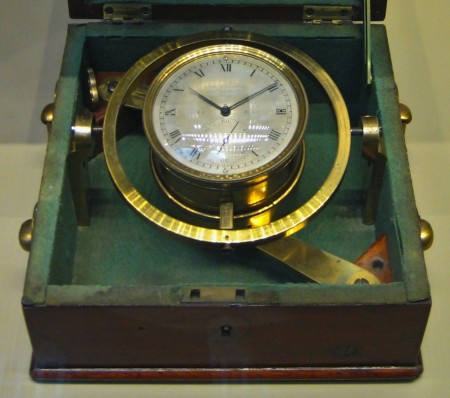
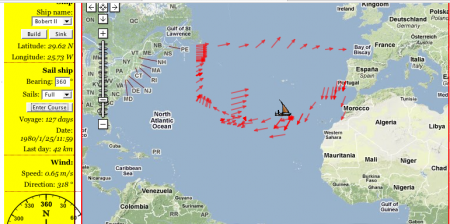
We just used my sailing game, Mariner AO, to help wrap up the group presentations on the European exploration of the Americas, and it worked wonderfully!
The small groups did their presentations timewise, starting with the Vikings (don’t ask me about Leprechauns), then the Spanish, the French (don’t ask me about giant sharks and flying pigs), and finally the English. At the end, we had half an hour left, but instead of just tying it together with a graphic organizer, I wanted to show them Mariner AO because the North Atlantic wind circulation ties in so wonderfully well with the pattern of colonization.
I started trying to show it off as a group, having them tell me which direction to sail the ship to get to the Americas. As you could probably predict that didn’t work particularly well. Everyone was yelling out directions at cross-purposes; however, it did give me the chance to show them all how the game worked.
Even with all the confusion the group seemed to like the game. Someone even suggested, “Why didn’t we do this for group work.” And I though, “Why not?” So the class broke apart for 25 minutes to see who could discover America first.
There was a lot of excitement in the room. I offered them extra points for the team that reached America first. They all know how empty that reward is by now so I think most of the excitement really came from being able to play a game with a little bit of competition.

The website still has a few bugs, especially on our older computers, but it worked. Three of the four groups reached the Americas, though two of them landed on the Canadian coast. The third group may well have ended up there as well, but I dropped a hint about Columbus’ route that sent them sailing into the Caribbean.
At least two kids planned on trying it at home. I had to pry one of the groups away from the computer so they could get their end-of-the-day jobs done on time.
We took screen captures of routes they took, and tomorrow we’ll put it all together, talk about the trade winds, what Columbus knew, and why the Iberians colonized South America while the French and English ended up mostly in the North.
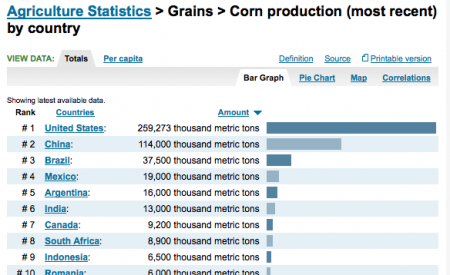
One of my students, Ben, discovered NationMaster.com while looking up statistics for corn production as part of his small group’s work on seeds of change. It seems to be a wonderful source for economic and geographic statistics. From their site:
[NationMaster is] a massive central data source and a handy way to graphically compare nations … a vast compilation of data from such sources as the CIA World Factbook, UN, and OECD. Using the form above, you can generate maps and graphs on all kinds of statistics with ease.
Interesting fact: China is the second largest producer of corn in the world.
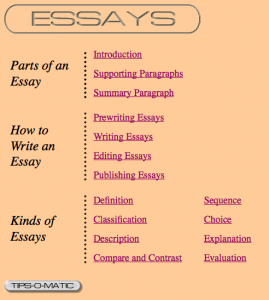
WritingDEN‘s Tips-O-Matic is a great site on writing great paragraphs and essays. The pages are very simple and well organized, without all the distracting noise of ads and extraneous information.
The language curriculum focuses, in general, on developing good writing style and craft, but some of my students need to work on the basics of essays a bit more, particularly with high-school entrance essays coming up.